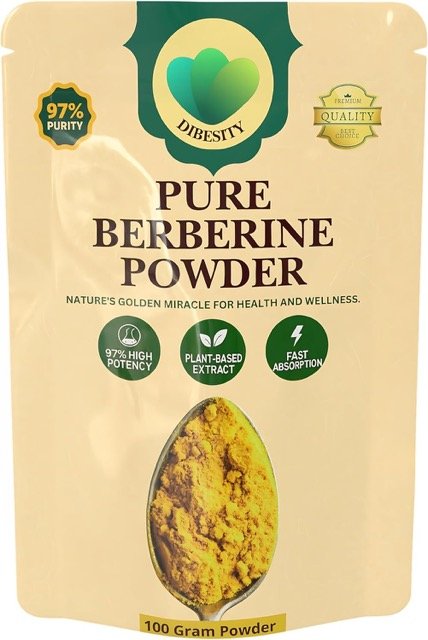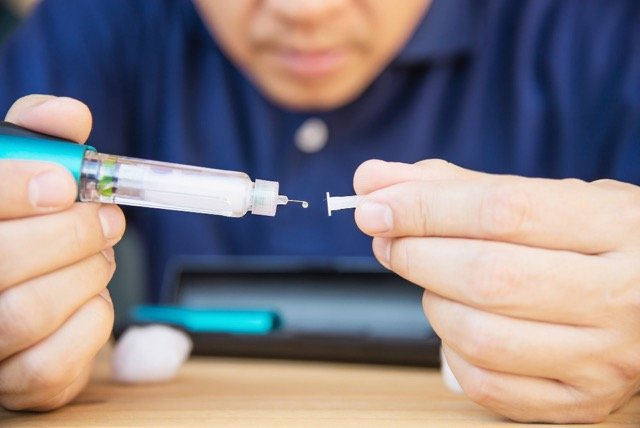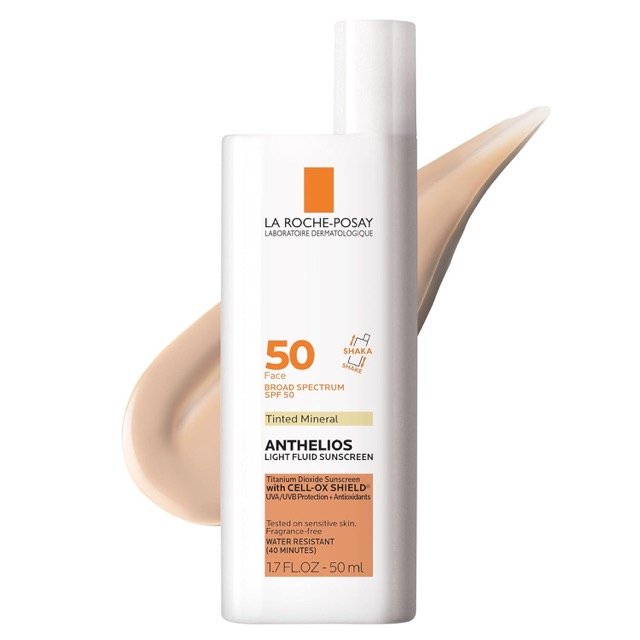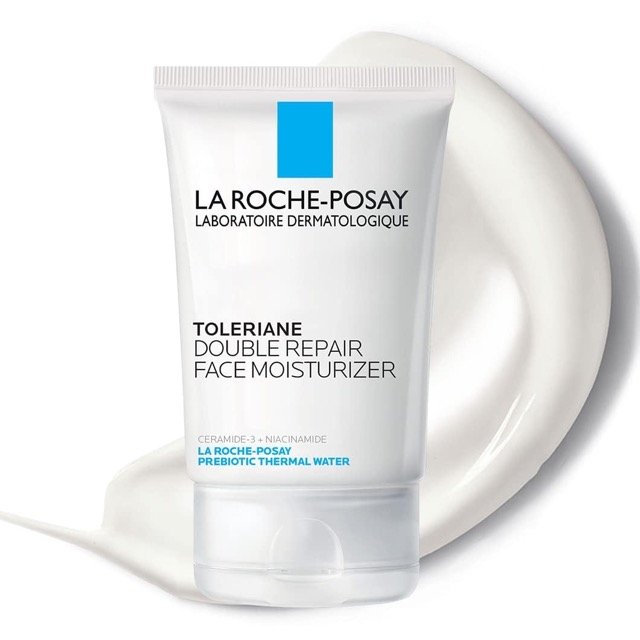Dotarem (Gadoterate Meglumine) is an intravenously administered extracellular contrast agent that is used for central nervous system magnetic resonance Imaging.
Indications of Dotarem (Gadoterate Meglumine):
-
CNS imaging:
- It is used as a contrast medium for MRI in adults, adolescents, pediatric patients (including term neonates) to detect and visualize areas with disruption of the blood brain barrier (BBB) and/or abnormal vascularity in the brain (intracranial), spine, and associated tissues.
Dotarem (Gadoterate Meglumine) dose in adults for CNS imaging:
- 0.2 mL/kg (0.1 mmol/kg) intravenously;
- may begin imaging immediately after administration.
Dotarem (Gadoterate Meglumine) dose in children:
Note:
The dose is expressed in mL/kg and mmol/kg. The parenteral solution contains 0.5 mmol/mL of gadoterate meglumine, therefore it should be used with caution.
Dotarem (Gadoterate Meglumine) Dose in the CNS Magnetic Resonance Imaging (MRI):
-
Infants, Children, and Adolescents:
- 0.2 mL/kg (0.1 mmol/kg) intravenously
- may begin imaging immediately after administration.
Pregnancy Risk Category: C
- Contrast agents based on gadolinium can cross the placenta.
- Contrast agents containing gadolinium-based elements should not be used during pregnancy.
- A gadolinium-based contrast agent can be used with MRI if there is a significant improvement in diagnostic performance or improved fetal and maternal outcomes.
- If the information required from an MRI study cannot be obtained without a contrast agent, and cannot be delayed until after delivery, pregnant women can use gadoterate.
- It is recommended to use the lowest possible effective dose of agents that pose a low risk of developing nephrogenic fibrosis.
Gadoterate meglumine use during breastfeeding:
- Breast milk can contain gadolinium-based contrast agent excretion.
- As long as there is no excess of gadeterate in breast milk or absorption from the infant's GI tract, breastfeeding can be continued.
- Contrasting media can cause milk to have a different taste.
- If a woman wishes to stop breastfeeding temporarily, milk may be produced from both breasts for 12-24 hours following the administration of contrast media.
- Before starting the procedure, it is important to pump and store milk for future use.
- The infant's exposure and the benefits of breastfeeding to the baby during therapy will determine whether the mother decides to breastfeed.
Dotarem (Gadoterate Meglumine) dose adjustment in renal disease:
No dosage adjustment is recommended, however, use with caution. In case of worsening renal function, the risk for developing nephrogenic systemic fibrosis (NSF) is raised.
- Hemodialysis: Gadoterate meglumine is removed by hemodialysis.
Dotarem (Gadoterate Meglumine) Dose adjustment in liver disease:
There are no dosage adjustments provided in the manufacturer's labeling.
Side effects of Dotarem (Gadoterate Meglumine):
-
Central nervous system:
- Headache
-
Gastrointestinal:
- Nausea
Contraindications to Dotarem (Gadoterate Meglumine):
- Hypersensitivity to gadoterate-meglumine or any other component of the formulation
- Administration of subarachnoid and epidural drugs
Warnings and precautions
-
Extravasation:
- Gadoterate may be used as a vesicant. Agents with higher osmolities or larger volumes pose higher risks.
- Proper needle and catheter placement are essential before and during administration.
- Monitoring of the infusion site is important.
- Local tissue irritation is possible and extravasation should not be allowed.
-
Gadolinium retention:
- For months or even years, gadolinium can be retained in the brain, bones, skin, and other organs like kidneys, liver, and spleen.
- The bone has the highest concentration and longest retention.
- The retention of linear GBCAs is higher than that of macrocyclic GBCAs, such as gadoterate meglumine and gadobutrol.
- Gadolinium retention in the skin and other organs can have serious and pathological consequences for patients with impaired renal function.
- Normal renal function can lead to rare cases of skin problems.
- It has not been shown that gadolinium retention in the brain of patients with normal renal function does have any consequences.
- Gadolinium retention can be more dangerous in children, pregnant women, patients who require multiple lifetime doses and patients with inflammatory diseases.
- Repetitive GBCA image studies should be avoided.
-
Hypersensitivity reactions
- Gadoterate contrast may cause anaphylactic or anaphylactoid reactions, including respiratory, cardiovascular, and dermatologic involvement. It can also lead to circulatory collapse.
- These symptoms can appear as soon as they occur and can be treated with emergency management right away.
- Before administering contrast media, bronchial asthma or other allergic disorders, patients should be evaluated.
- Patients should be closely monitored during and after an infusion.
- Hypersensitivity reactions should be treated immediately.
- During an emergency, you should have the right equipment and trained personnel available.
-
Nephrogenic systemic Fibrosis: [US Boxed Warn]
- Patients who have difficulty eliminating contrast agents are at greater risk of developing nephrogenic fibrosis.
- Therefore, it is important to avoid GBCA enhanced imaging unless it is absolutely necessary for diagnostic purposes.
- High risk patients with severe, acute kidney disease or acute kidney injury (GFR 30mL/minute/1.73m2) are at highest risk.
- Nephrogenic systemic Fibrosis can cause life-threatening systemic fibrosis, which can affect the skin, muscles, and internal organs.
- Before administering medication, patients should be checked for signs of acute kidney injury and other conditions that could affect renal function.
- Patients at high risk of chronic declines in kidney function (e.g., patients over 60, chronic hypertension, diabetes) should have their glomerular filtration rate monitored.
- Patients at high risk for nephrogenic syndromeic fibrosis should not exceed the recommended dose and should allow sufficient time between administrations.
- Patients with chronic mild or moderate renal disease (GFR 30 - 59 mL/minute/1.73m2) and chronic moderate renal disease are at low risk for nephrogenic fibrosis.
- Patients who are dialysis-dependent should immediately begin hemolysis.
- NSF should be reported to the manufacturer or Food and Drug Administration.
-
Renal impairment
- Gadolinium agents may cause acute kidney injury in patients with chronic renal impairment.
- The lowest dose is required to achieve adequate imaging.
- All patients should have their renal function assessed.
- Patients with a history renal dysfunction should be followed-up.
Monitoring parameters:
- RFTs before administration
- Signs of hypersensitivity (during and after administration)
- Signs and symptoms of extravasation at the injection site
- Signs and symptoms of nephrogenic systemic fibrosis (eg, burning, itching, swelling, skin hardening and/or tightening, stiffness of joints, deep hip or rib bone pain, muscle weakness, limited range of motion, and/or yellowed/raised spots on the white part of eyes.
How to administer Dotarem (Gadoterate Meglumine)?
- An IV bolus injection should be given by manual injection or power injector.
- The infusion should be given at a rate of approximately 2 mL/second.
- The line should be flushed with normal saline after administration for complete injection of contrast agent.
- Gadoterate can act as a vesicant. Higher risks are associated with agents with higher osmolarity or higher volumes.
- Before and during administration, proper needle or catheter placement is necessary. Extravasation should be avoided.
Extravasation management:
- The infusion should be stopped immediately and disconnected in case of extravasation.
- The cannula should be removed and extremity should be elevated. It is not recommended to aspirate extravasated contrast media.
- Hyaluronidase use in the management of contrast media extravasation is not recommended by the American College of Radiology due to conflicting information.
- Its utility in extravasation management is suggested by some other sources.
If using hyaluronidase: Intradermal or SubQ:
- A total of 1 to 1.7 mL (15 units/mL) should be given as five separate 0.2 to 0.3 mL injections (using a 25-gauge needle) into the area of extravasation at the leading edge in a clockwise manner or
- injection of a total of 5 mL (150 units/mL) as five separate 1 mL injections around the extravasation site can be given.
Mechanism of action of Dotarem (Gadoterate Meglumine):
- Gadoterate meglumine is a gadolinium-containing paramagnetic macrocyclic ionic contrast agent.
- Exposure to an external magnetic field can induce a local magnetic moment in the tissues.
- This local magnetic effect increases signal intensity in tissues by increasing the water proton relaxation.
- Contrast cannot cross the blood-brain border so brain lesions can only be increased if the blood-brain barriers are broken or there is abnormal blood flow.
The onset of action:
- Imaging may begin immediately after administration.
Distribution:
- 179 ± 26 mL/kg (female);
- 211 ± 35 mL/kg (male);
- does not cross intact blood-brain barrier.
Protein binding:
- None.
Metabolism:
- Not metabolized.
Half-life elimination:
- 1.4 ± 0.2 hours (female);
- 2 ± 0.7 hours (male).
Excretion:
- Urine (72.9% ± 17% female; 85.4 ± 9.7% male).
International Brands of Gadoterate meglumine:
- Dotarem
Gadoterate meglumine Brand Names in Pakistan:
No Brands Available in Pakistan.


.jpeg)





